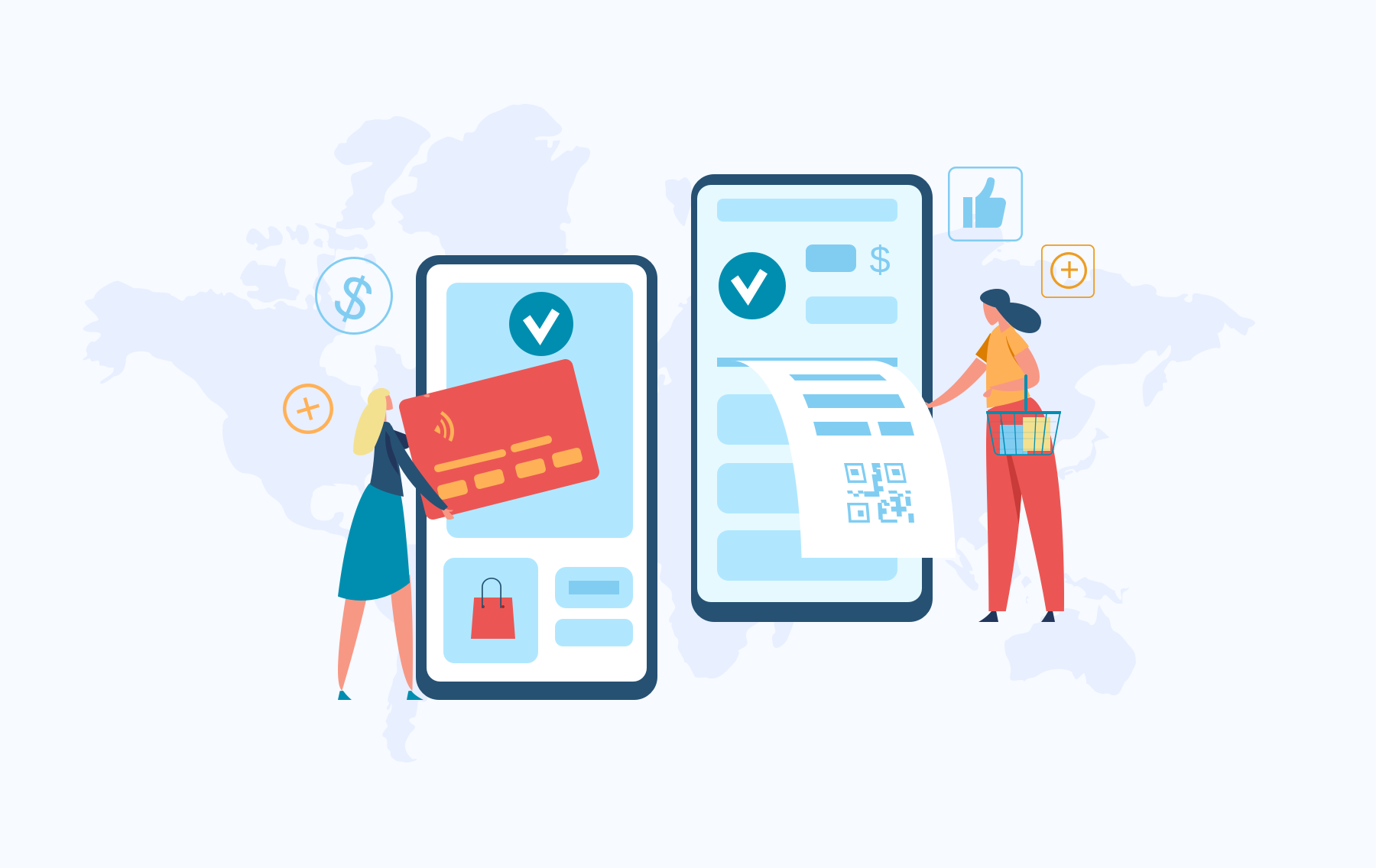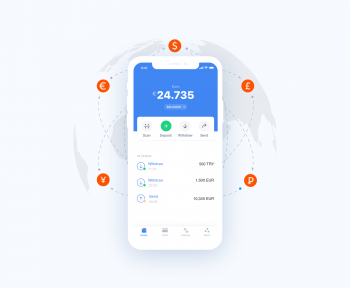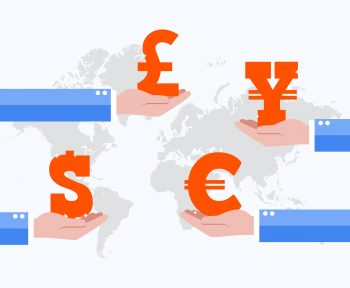In today’s financial world, globalization is the new religion. The businesses resisting this trend are doomed to disappear just like every entrepreneur beating the air in history. No matter if you own a small olive oil business from Sicily or a cryptocurrency exchange company in Great Britain, at some point you will need to open your e-commerce site to cross border payments. To have local payment solutions such as local banks and local e-wallets can lead to the limitation of your business and nobody wants it! Imagine what would happen if The Ordinary, Marks and Spencer or Swatch had decided to go local at the very first place. We would probably have never heard of their names. Life always awards the ones who ventures.
Have you finally decided to open your business internationally? In order to create a user-friendly checkout page, you need to understand how cross border payments work exactly. Let’s explain step by step:
Purchase of the customer:
In this first step, the customer goes to the checkout page, chooses a payment method and inserts required information into the payment gateway page.
Directing and Control:
The inserted information of payment is sent to your acquiring bank which processes payments on behalf of you. Then the acquiring bank contacts your customer’s issuing bank to request approval.
Approval:
According to customer’ funds, payment limits or currency match, the issuing bank either approves or declines the transaction.
Confirmation:
After this step, the issuing bank sends the purchased amount to your acquiring bank. Acquiring bank transfers it to your account depending on your pre-decision on whether you would like to get paid – either daily, weekly or monthly.
We have explained all the steps and as you may realize, you can improve this process with some simple cross border payment tips.
Keep it simple and functional!
A successful checkout page must be simple, explanatory, in local language and local currency. These improvements will reduce the percentage of cart abandonments significantly. Furthermore, you can show the customers how much they profit with the discounts in the shopping cart. According to the statistics, placement of this kind of information increases successful checkouts by 23%.
Know your customer!
If you make a detailed search about popular payment methods in the country you are doing business with, you can easily shape an opinion about which ones you must place in your check out page. For example the most common payment method is PayPal in the USA and Canada whereas AliPay is the popular one in China.
Be transparent about fees, costs and shipment!
No matter whether it is a B2C or B2B cross border payment, always embrace honesty in your business. Simply add an “Estimated Delivery Date” and “Shipping Cost Calculator” extensions to your website to show your transparency and reliability.
Always cooperate with the best banks and payment providers!
You need to cooperate with payment providers which are partners with various acquiring banks worldwide. This will fasten all the cross border money transfers you will need. Plus, it is much easier to contact prestigious companies when you need assistance.
Our company, Jeton, offers seamless international payment solutions for both B2B and B2C transactions. To find out more about our services and benefits, please visit our website.



